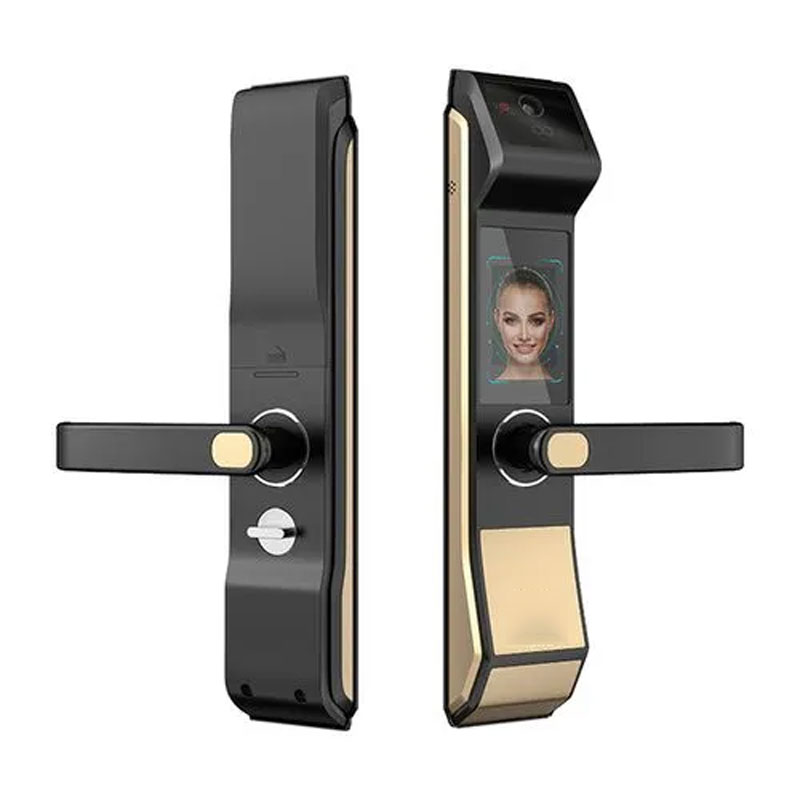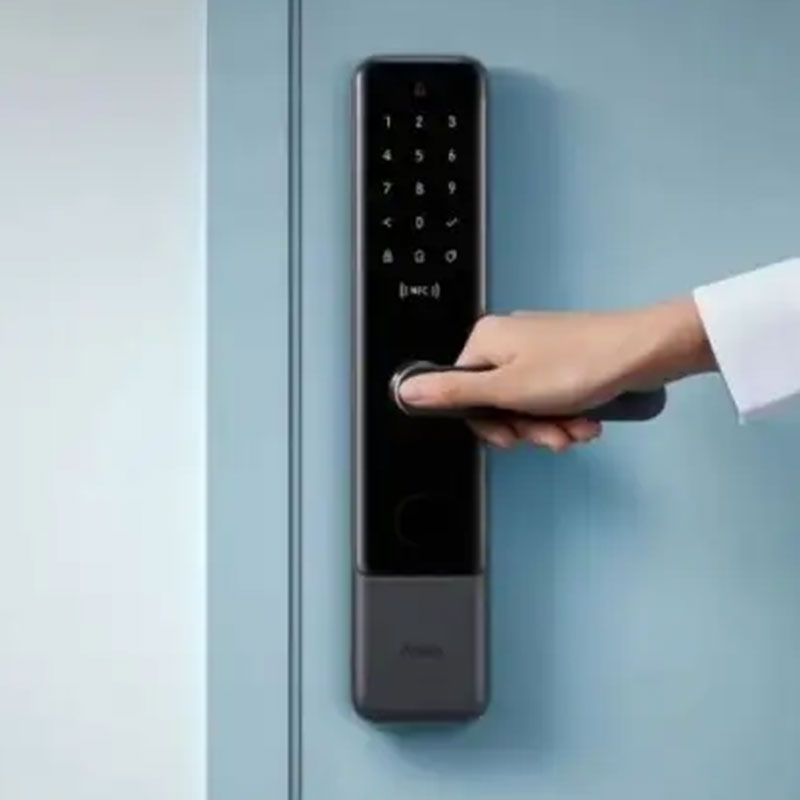A Smart Lock is an electromechanical lock that is designed to perform an authorization process when it receives such instructions from an authorized device using a wireless protocol and a cryptographic key for locking and unlocking operations on the door. It also monitors access and sends alerts for the different events it monitors and some other critical events related to device status. Smart locks can be considered part of a smart home.

Our products also include Titanium Wire Electric Lock, which are made of new material memory alloys, using memory alloys as traction cables, and using the characteristics of memory alloys to shrink and expand to achieve opening; there are also Electromagnetic Lock, electromagnetic locks The design of the magnetic lock (or magnetic lock) is the same as that of the electromagnet. It uses the principle of electricity to generate magnetism. When the current passes through the silicon steel sheet, the electromagnetic lock will generate a strong suction force and tightly attract the adsorption iron plate to achieve the effect of locking the door; There are Electronic Locks, there are many types, there are simple circuit products, and there are products with high cost performance based on chips; there are also Lock Accessories, lock cylinder: this is the most critical accessory of locks, it is responsible for anti-theft performance, lock Body: The lock body contains the lock cylinder, which is the shape of the lock we see and a series of products. If you want to know more, welcome to consult us, we will serve you wholeheartedly!

Most smart locks are mounted on mechanical locks (simple types of locks, including set bolts) and physically upgrade regular locks. Recently, smart lock controllers have also appeared on the market.
Like traditional locks, smart locks require two main parts to work: the lock and the key. In the case of these electronic locks, the key is not a physical key, but a smartphone or special key fob explicitly configured for this purpose, which wirelessly performs the authentication required to automatically unlock the door.
Smart locks allow users to grant access to third parties through virtual keys. The key can be sent to the recipient smartphone via standard messaging protocols such as email or SMS. After receiving this key, the recipient will be able to unlock the smart lock within the time previously specified by the sender.
Smart locks can grant or deny access remotely via a mobile app. Some smart locks include a built-in Wi-Fi connection that can be used to monitor access notifications or surveillance features like cameras to show who is requesting access. Some smart locks work with smart doorbells to allow users to see who's at the door and when.
The smart lock can communicate using Bluetooth Low Energy and SSL, and uses 128/256-bit AES encryption to communicate.
